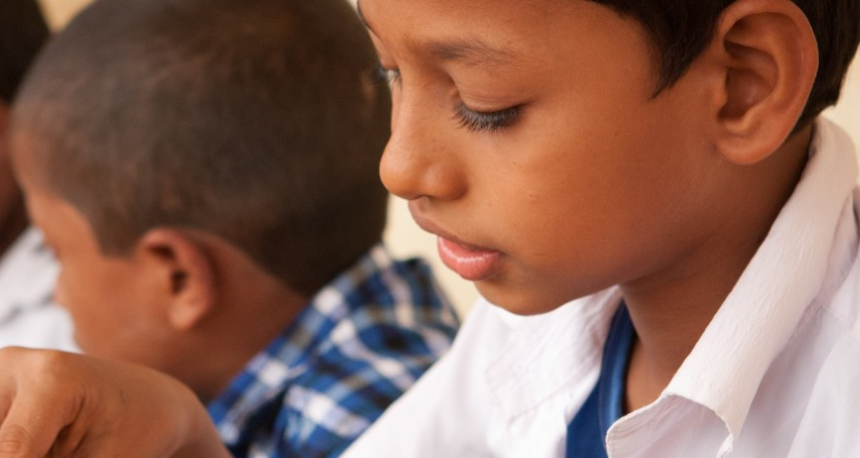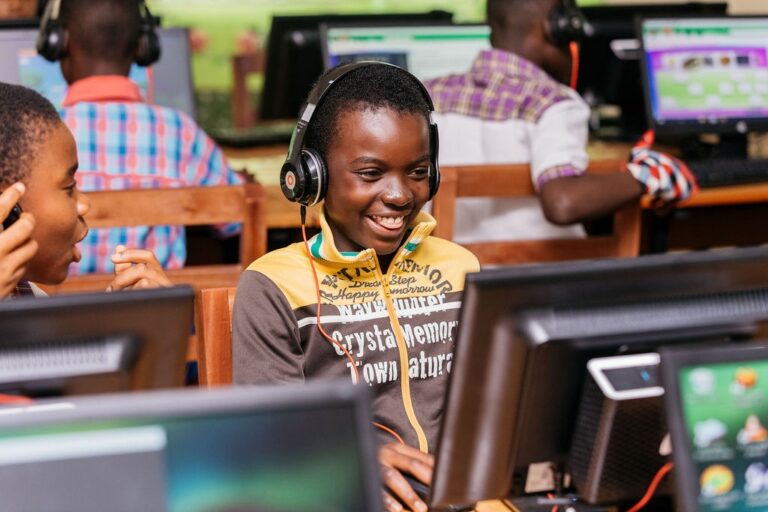Heralded as the world’s largest school feeding programme, the Mid-Day Meal Programme in India reaches out to over 120 million children in over 1.26 million schools. State governments, along with funding from the national government, supply free lunches to children in primary and upper primary classes on working days in government schools. However, anecdotal evidence of inept service delivery suggest that the programme is fraught with leakages and corruption.
Leakages in government service delivery often come either in the form of corruption, or poor accounting practices which lead to inefficiencies in the way benefits reach the intended beneficiaries. Due the inherent information asymmetries prevalent in public provision, poor implementation of programmes could lead to erosion of public trust in government policies. Since revamping entire systems of public provision are very costly for governments, cheaper solutions such as…
CONTINUE READING AT AUTHORS WEBSITE >>



![[Preliminary Report] CRNA Collaborative Research for Exploring Factors Nurturing"Happy and Resilient" Children among Asian Countries](https://equity-ed.net/wp-content/uploads/2024/09/1725672182698.jpg)


